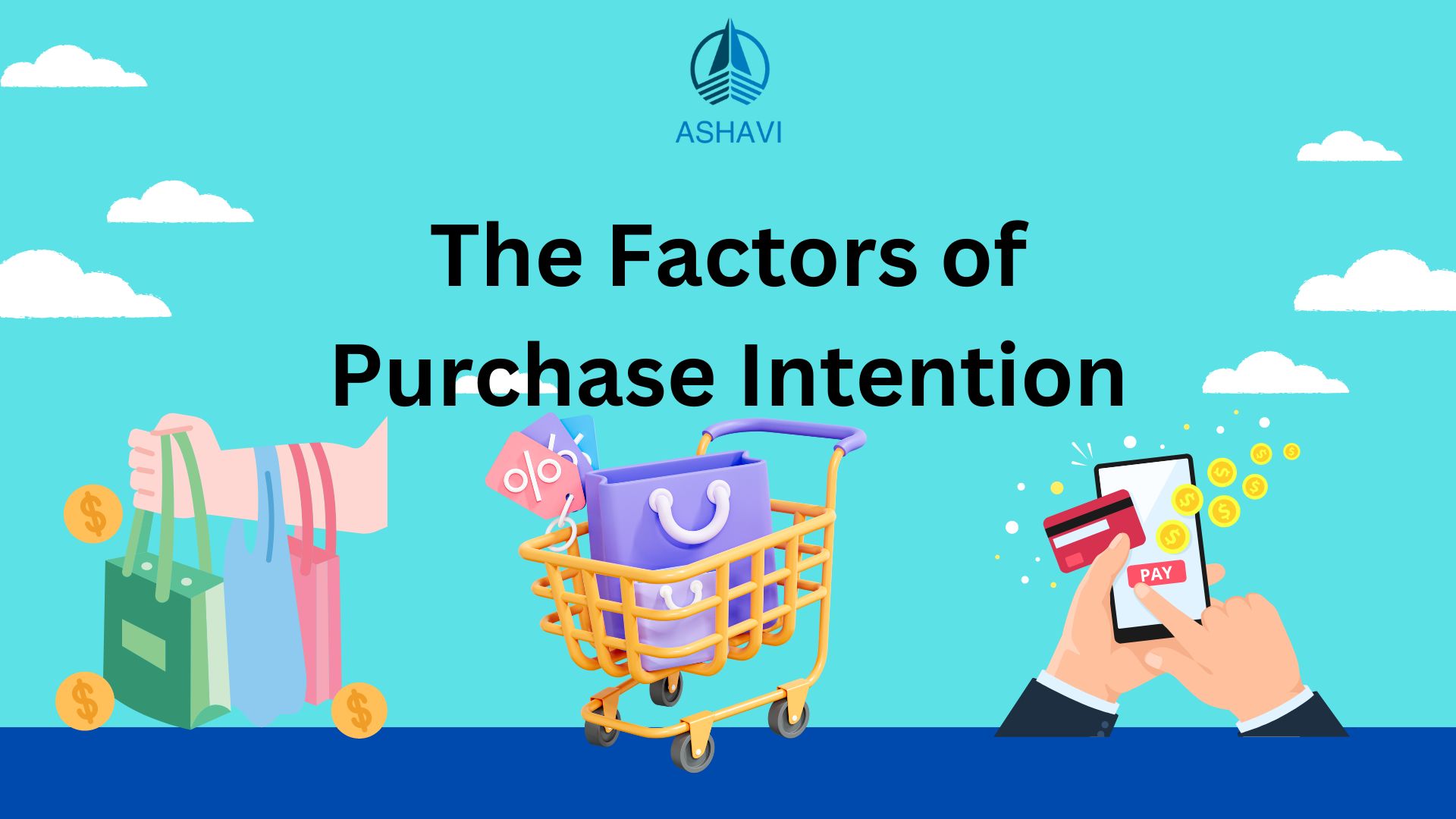
What is the internet of things (IoT)? The Internet of Things (IoT) is a system of interrelated computing devices, mechanical and digital machines, objects, animals or people that communicate over the network without requiring human-to-human or human-to-computer interaction.
Read more ...The entrepreneurial process is a continuous cycle of research, risk taking, and action. Entrepreneurship originates from having an idea and activities to make those ideas a reality bearing the risk of business and ownership. In contrast, management is an ongoing process of getting things done given the circumstances and challenges while making dynamic changes in the organization while not bearing the risk of ownership in a more decentralized environment instead of entrepreneurship. An entrepreneur is someone who starts a new business with innovative concepts, whereas management operates that business with various administrative functions. The difference between the two is growing rapidly in today’s competitive environment, as it becomes more essential for businesses to have the capabilities of both an entrepreneur and a manager at their disposal.
Read more ...Marketers and business owners must consider what their customers want, not only what their company wants to sell. This means asking questions, observing behavior, and developing a deep understanding of the market at large. Yet, studies still show that many businesses rely too much on their own ideas and opinions instead of understanding their customers’ real needs.
Read more ...Business intelligence is a collection of data and information that is used to make more informed decisions, explore trends, and measure performance in an organization. Business intelligence reports can provide insights that can help an organization make better decisions regarding operations, support sales growth and focus on competitive advantages. It is also a process for gathering, storing, maintaining and distributing data about your business so it can be analyzed to learn more about your business. Gaining an in-depth understanding of the current market, customer behaviors and needs, and actions that need to be taken to support the company's growth strategies is critical for success, but it's much easier to do so when you have accurate data. The ability to gather, analyze, and optimize all of this information with a user-friendly analytics platform will help your team succeed in an increasingly competitive marketplace. Business intelligence, or BI, is a set of technologies that help data analysts gain insight into the performance, structure and content of large datasets. A business intelligence tool is an app, software program, or other analytics solution that supports the automation of the collection and processing of vast amounts of raw data from systems throughout the business. BI tools can also be used to create reports from query responses (that facilitate decision making) or to optimize query responses using machine learning techniques in conjunction with SQL-style joins.
Read more ...Subscription plans generally offer a discount for the customer and are frequently used by marketing companies and news services.
Read more ...The way you brand your company, craft your website, and present yourself on social media can shape the public's perception of who you are and how you're viewed in the business world. This is why each detail matters to your success—as it all matters to help you build a brand that resonates with customers. Today, with more channels and outlets for customers to interact with your company—both positively and negatively—brand reputation is important to all business success, regardless if you run a large-scale corporation or have your own side hustle. Reputation marketing focuses on developing and amplifying positive brand content to use your reputation as a promotional asset in marketing campaigns. Reputation is about acquiring and amplifying positive brand content for the purpose of acquiring new leads, but also to bolster existing relationships and strengthen current market positions It is an emerging field that combines elements of brand marketing and reputation management. In this fast-paced world, companies struggle to gain recognition and keep up with the competition. Brand reputation management helps establish a positive image of your company within the marketplace by communicating your value proposition in a way that reflects the values that are important to your customers and stakeholders.
Read more ...As a SME owner, you know that information is power. However, gathering relevant and accurate data can be overwhelming, time-consuming and costly. That's where in-house research comes in – a cost-effective way to generate insights into your industry or target audience without breaking the bank. In this article, we'll explore the benefits of conducting research in-house, how to do it effectively and when it's time to consider outsourcing.
Read more ...






